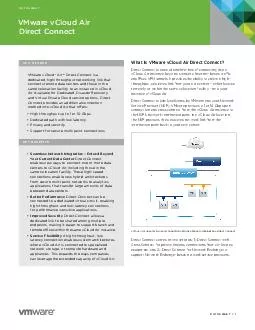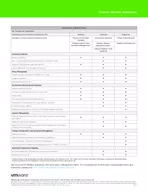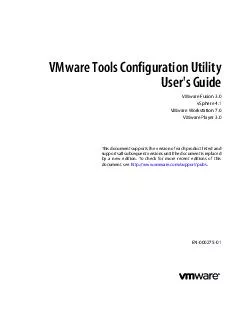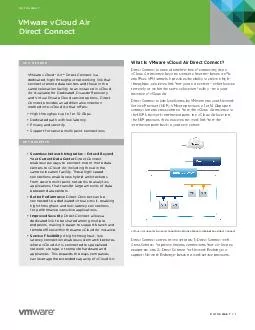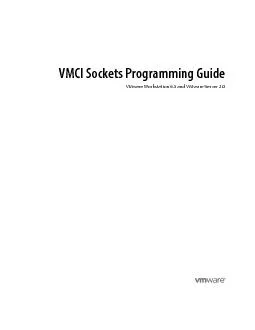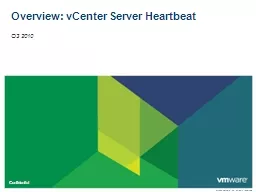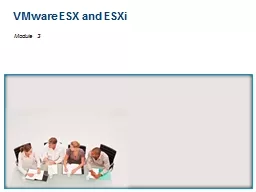PPT-VMware HA
Author : alexa-scheidler | Published Date : 2016-05-01
Deep Dive Eric Sloof NTPRONL Admission Control Policies Module 1 Most Configured Admission Control Policy WHY Enabling VMware High Availability Host Failures a
Presentation Embed Code
Download Presentation
Download Presentation The PPT/PDF document "VMware HA" is the property of its rightful owner. Permission is granted to download and print the materials on this website for personal, non-commercial use only, and to display it on your personal computer provided you do not modify the materials and that you retain all copyright notices contained in the materials. By downloading content from our website, you accept the terms of this agreement.
VMware HA: Transcript
Download Rules Of Document
"VMware HA"The content belongs to its owner. You may download and print it for personal use, without modification, and keep all copyright notices. By downloading, you agree to these terms.
Related Documents


